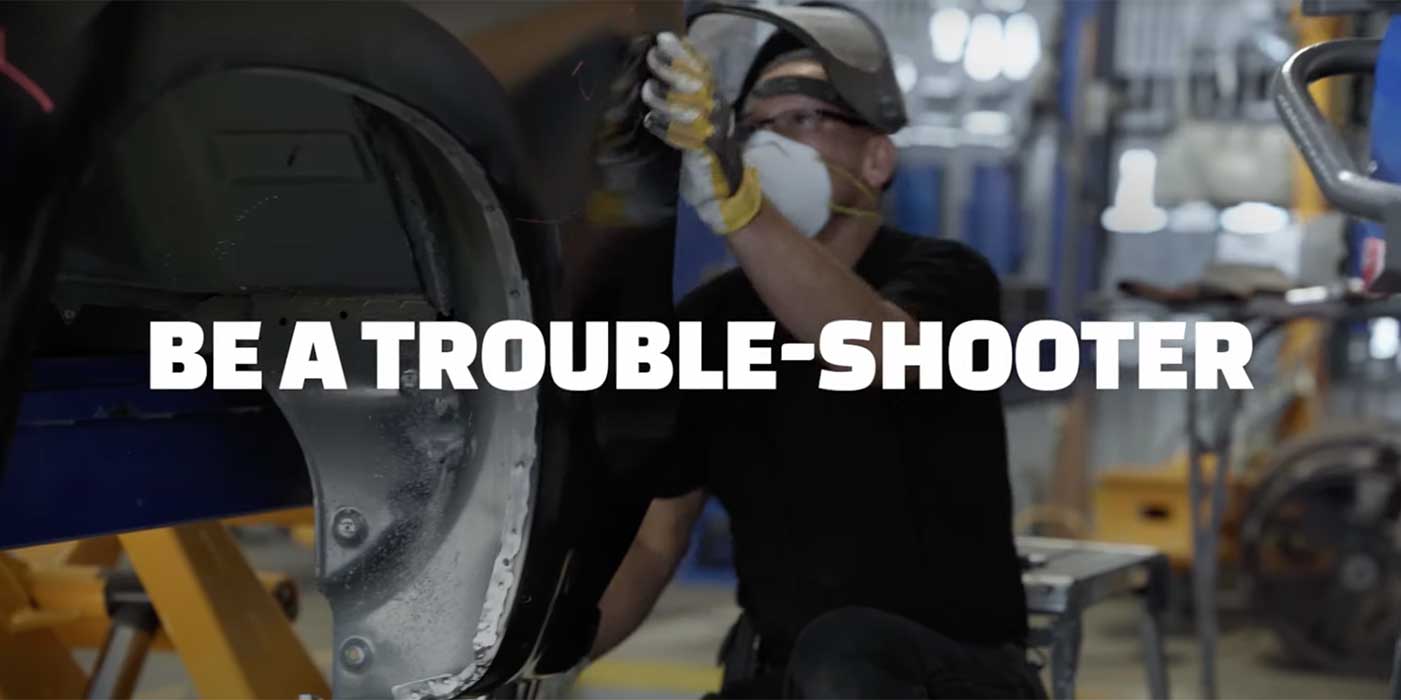What is the definition of a “collision” as it pertains to required safety inspections? OEMs haven’t provided a clear answer to this question, and so it is left up to the shop to decide how to interpret these requirements. It seems like each shop I speak with has a different idea/definition of collision. If we are going to agree that inspections are needed when a collision occurs, then we should all be on the same page on what that means — and the OEMs should provide clearer guidelines. – Loni Waltasi, Old Dominion Collision, Eugene, Ore.
Required OEM safety inspections are the single biggest point of friction I see in the industry. You’re absolutely right that many of the automakers don’t adequately define “collision,” often leaving shops stuck in the middle when trying to follow OEM procedures but getting pushback from insurers. In some cases, the educated shops that recognize the need to do these safety inspections are being told that a dealership or an OEM-certified shop says the inspections are not necessary. I’ve been saying for several years that we need to develop more clarity on this subject, if only to remove the friction I’m seeing.
When General Motors (GM) overhauled its safety inspection requirements in 2021, it absolutely offered some help. While GM previously had a long list of such inspections it required “after any collision,” it now says most inspections are necessary only after “any collision that exceeds minor outer body panel cosmetic distortion.” GM also helped by providing some information on why certain inspections are needed.
We need more OEMs to do something similar. Some other automakers also try to clarify differences in what steps are necessary based on whether airbags have deployed or not deployed. But others use such phrases as “minor to moderate collision.” I think we need to get a better definition of what qualifies as a “minor to moderate collision.” Just like most of you, I’m not an engineer, so I don’t feel qualified to determine that.
If what is required in terms of safety inspections varies based on the severity of the collision, we need the automaker engineers to help us define that. Perhaps I-CAR can work with the automakers to do that.
The National Highway Traffic Safety Administration has developed one definition of a “minor crash” in relation to when child safety seats must be replaced. It says a “minor crash” is one in which all of the following apply:
- The vehicle was able to be driven away from the crash site.
- The vehicle door nearest the car seat was not damaged.
- None of the passengers in the vehicle sustained any injuries in the crash.
- If the vehicle has airbags, the airbags did not deploy during the crash.
- There is no visible damage to the car seat.
I don’t know if that’s how automakers would define it in terms of post-collision safety inspections, but it’s one possible starting place for the discussion. But until we get the help we need from the automakers, it’s critically important that shops research on every job what safety inspections the particular automaker is calling for — to educate themselves, their customers and — if necessary — any insurers involved.
Whatever you’re told by anyone uneducated about these safety inspections does not negate the need to follow the OEM procedures, nor remove you from the liability for not doing so.
Our “Who Pays for What?” surveys also show that you’re not the “only one” seeking to be paid for performing this important work. One of the surveys this past fall found that three out of five shops said they have billed one or more of the eight largest national insurers for the required vehicle safety inspections that they performed. Among those billing for this work, 38% said they are paid by those insurers “all” or “most of the time,” and about an equal percentage said they are paid at least “some of the time.” Another one of the surveys earlier last year found similar percentages when it came to the “inspect seat belts” procedure.
But the automakers could really play an important role by clarifying exactly when and why the safety inspections are needed to help remove some of the friction on this.














